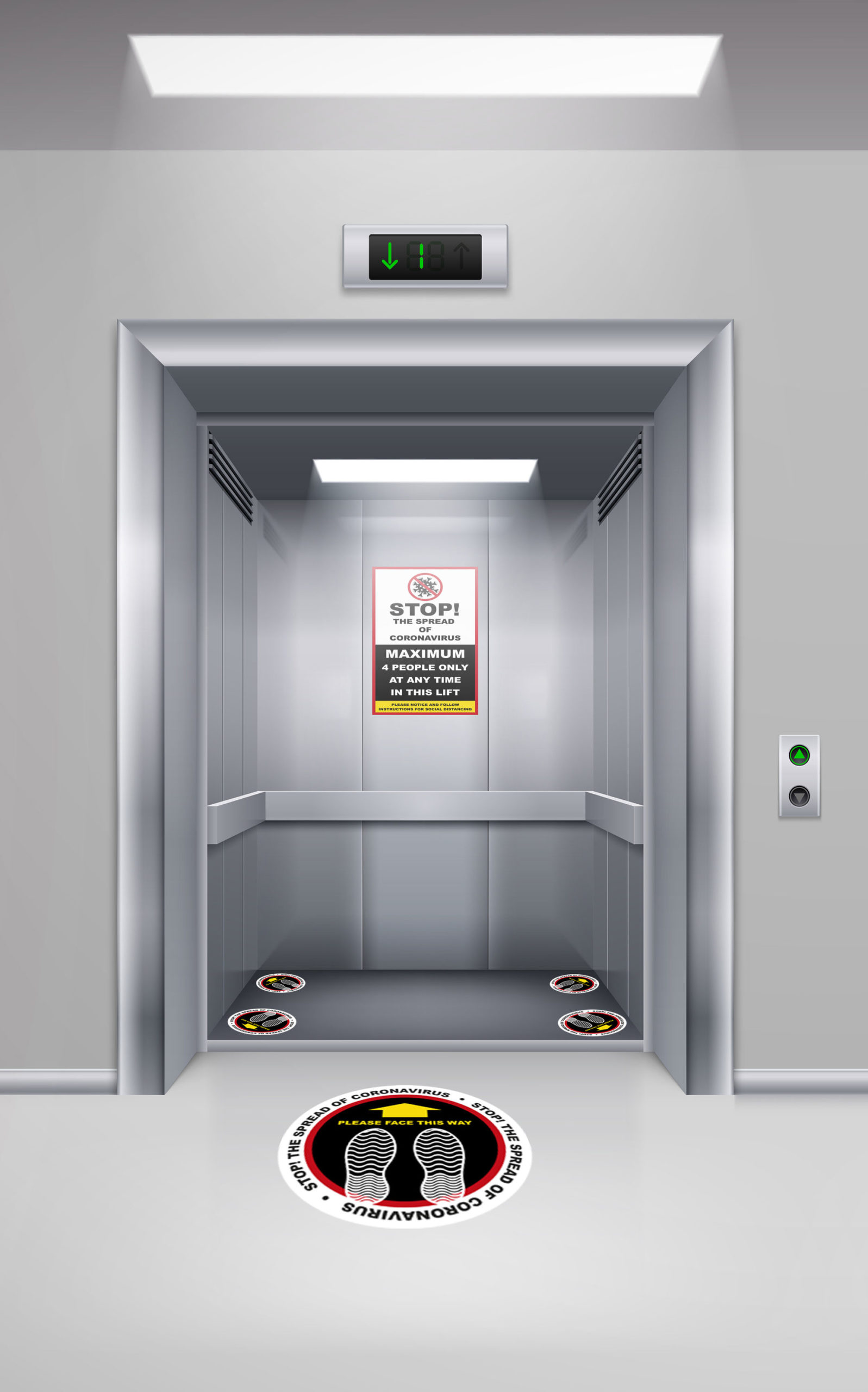Looking Into the World of Elevators: Usual Concerns Dealt With by Different Lift Systems
As we navigate with the upright transport systems of contemporary structures, elevators stand out as an indispensable element of our day-to-day lives. From hydraulic elevators to grip systems and machine-room-less layouts, each lift type comes with its set of usual issues.
Hydraulic Elevators
Hydraulic lifts, often liked for low-rise structures, utilize fluid pressure to regulate the movement of the elevator automobile (lift repair companies). This device involves a hydraulic pump pushing oil right into a cyndrical tube, causing the elevator to relocate the wanted instructions. While hydraulic elevators are known for their smooth and silent procedure, they do feature their own set of typical problems
One prevalent issue with hydraulic elevators is oil leak. In addition, problems with the control system, such as damaged valves or a malfunctioning pump, can trigger disturbances in the elevator's activity.
Normal upkeep and timely fixings are vital to guarantee the smooth functioning of hydraulic elevators. By resolving these usual concerns proactively, structure owners can minimize downtime and guarantee the safety and security and performance of their upright transport system.
Grip Lifts
When taking into consideration vertical transportation systems in buildings, another common kind aside from hydraulic elevators is the grip lift. Traction lifts run using a system of ropes and weights that relocate the elevator vehicle by clutching onto the hoist ropes. This device permits smoother and faster upright transportation contrasted to hydraulic systems.
Among the common concerns dealt with by traction lifts is rope wear. The constant activity of the ropes within the traction system can lead to tear and use over time, possibly causing the lift to malfunction or come to be dangerous for use. Normal assessments and maintenance of the ropes are necessary to make sure the elevator's appropriate functioning and security.
Another problem that traction elevators might come across is related to the control system. Issues with the control system can lead to problems such as erratic motion, hold-ups in reaction times, or perhaps complete shutdowns. Normal testing and upkeep of the control system are essential to avoid such problems and make sure the lift's reliability.
Machine-Room-Less (MRL) Lifts

One of the key components of MRL elevators is the portable gearless traction machine that is installed within the hoistway. This equipment successfully drives the lift automobile without the need for cumbersome tools discovered in conventional traction lifts. Furthermore, MRL elevators commonly make use of a counterweight system to stabilize the car, additional improving their energy effectiveness.
In spite of their benefits, MRL elevators might encounter difficulties connected to repair and maintenance as a result of the restricted area for tools setup. Access for servicing components within the shaft can be limited, calling for specialized training for specialists. Correct upkeep timetables and regular evaluations are vital to ensure the continued smooth operation of MRL lifts.
Overloading and Weight Restriction Issues
Overloading and weight limit concerns are critical concerns in lift procedures. Lift makers style lifts with particular weight capacities to ensure passenger safety and tools long life.
When lifts are overwhelmed, it puts we maintain lifts excessive pressure on the electric motor, cords, and other components, possibly causing breakdowns or malfunctions. Safety devices such as sensing units and overload sensors are in area to stop elevators from moving if they identify excess weight. In addition, surpassing weight limits can lead to boosted energy intake and deterioration on the elevator system.
To minimize overwhelming issues, developing managers need to plainly display weight limitations in elevators and enlighten occupants on the relevance of adhering to these constraints - lift repair companies. Routine upkeep checks by qualified professionals can likewise aid guarantee that lifts are operating within risk-free weight parameters. By attending to overloading and weight limit problems proactively, structure owners can improve lift security and performance
Electrical System Failures
Going beyond weight limitations in lifts can not just result in mechanical concerns but additionally potentially add to electrical system failings within the lift facilities. Electric system failings are a crucial worry in lift procedure, as they can trigger unexpected closures, breakdowns, or even security threats. One common electrical problem is the getting too hot of parts due to extreme present circulation triggered by overloading the elevator beyond its capability. This can bring about harm to the control, circuitry, or electric motor systems, resulting in costly repair work and downtime.
Normal maintenance and inspections are critical to determine and address possible electrical concerns quickly, ensuring the risk-free and efficient procedure of elevator systems. By sticking to weight limits and performing routine electric system checks, building owners can minimize the danger of electric failures in lifts.
Conclusion

Hydraulic lifts, typically preferred for low-rise structures, utilize fluid stress to manage the movement of the lift vehicle.When considering upright transportation systems in structures, another usual type apart from hydraulic elevators is the grip elevator. Grip elevators run using a system of ropes and weights that move the lift vehicle by clutching onto the hoist ropes. Unlike disabled platform lifts prices uk conventional elevators that need a separate maker area to house the devices, MRL lifts integrate many of the elements within the shaft, removing the requirement for a committed device area.In final thought, lifts face typical concerns such as hydraulic malfunctions, traction system failings, and electrical system issues.
Comments on “Leading Lift Companies in London: Providing Exceptional Service and Support”